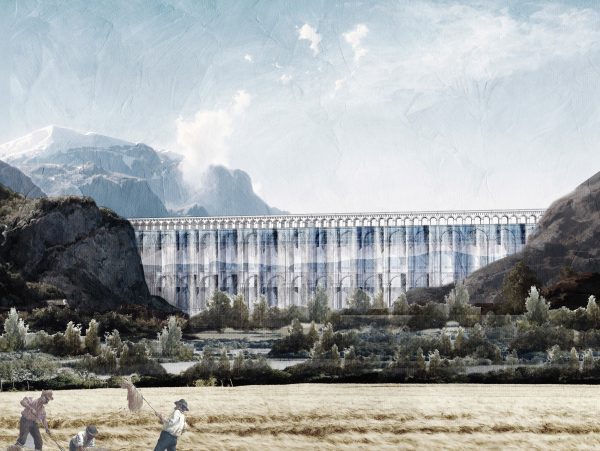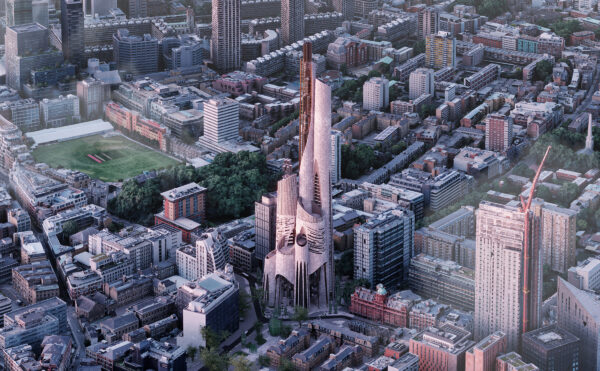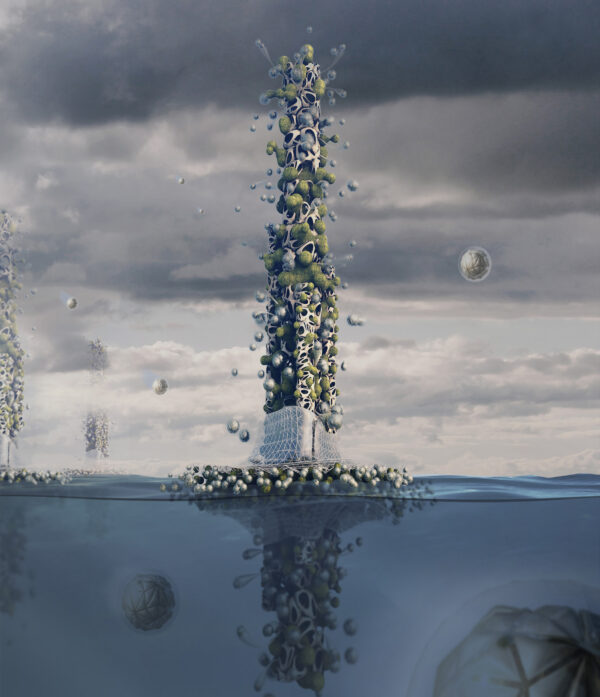Editors’ Choice
2020 Skyscraper Competition
Cheung Kat Fu Eric
Hong Kong
In ancient time, gravity and the natural slope of the land allowed aqueducts to channel water from a freshwater source, such as a lake or spring, to a city. Such recognizable bridges constructed using rounded stone arches can be still be seen today traversing European valleys.
To be able to protect the ancient structures, the project Aqua Vitae was added to bring a new life to these ruined monuments in nature. By utilizing the Ronquenfavour Aqueduct in Ventrabren, one of the largest functional stone aqueducts structure in the present. The design approach seeks to adapt to the existing stone structure, to allow frameworks to be erected within the beautiful terrain across the valley. The flow of water divides a series of natural scenarios along with the linear space. a variety of habitats like a waterfall, jungle, garden, or grotto is merged to stimulate a diverse and complex range of visual, acoustic, olfactory, and kinesthetic experiences to visitors. Read the rest of this entry »
























